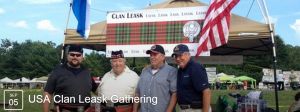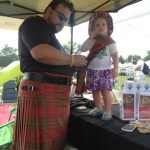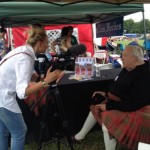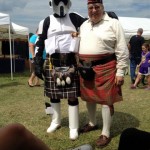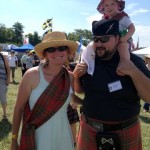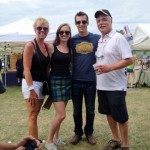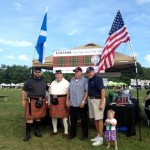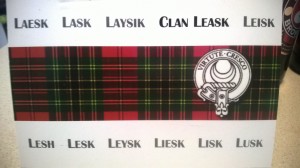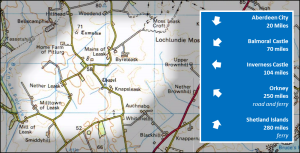Are you familiar with the Land of Leask? In an area approximately 20 miles north of Aberdeen City there are a number of “Leask” named places including Byreleask, Knapsleask, and Nether Leask (or Netherleask).
In early times, families were often known by the name of the place they came from, hence the belief that the Leask name may have originated from the Aberdeenshire Lands of Leask, (map below) Leskgoroune. Adriane C. Grant, author of Scottish Clans: Legend, Logic & Evidence believes that the origin of the name Leask is geographical. He said “I have spoken with Neil MacGregor, the expert on Gaelic placenames and I am left in no doubt that the real basis of “Leskgoroune” is actually ‘Lois Eodhnaon’ – (St) Adamnan’s chapel yard”.
He continued, “this is a reference to the church dedicated to St Adamnan at Knapsleask. It seems to me likely that the whole of the Leask estate will have been assigned to the upkeep of the chapel whenever it was founded. So Leask is really Lois – chapel yard. We are not 100% sure where the intrusive -kg- came from – but you may be aware that “g” has the value “k” in Gaelic.” This specultation is questioned by others, who do not see Lois Edhnaon as the translation of Leskgoroune.
We do know that around 1345 William Lesk received a charter of confirmation to his lands of Leskgoroune or Leskgaranne from David II of Scotland, son of Robert the Bruce. He might be the same William Lesk who was recorded in the parish records of the church at Ellon, Aberdeenshire as: Willelmi de Lask (also spelled Laysk), the Elder, Lord of that Ilk, who bequeathed a pound of wax yearly to the alter of the Holyrood in the church of St Mary of Ellon.
The Chapel of Leask dates back to the earliest of times. It is thought that a Colomban Oratory stood on this land about the end of the sixth century. The ruins of the present building, constructed about the thirteenth century, stand on the site of the ancient chapel.
Despite having their own Chapel, it is recorded in the Parish records of the Church at nearby Ellon, that the Leask Chief, his family, and retainers, were regular attenders at St. Mary’s Church. Thus in 1380 the parish records reveal that Willelmi de Lask, the Elder, Lord of that Ilk, bequeathed ‘one stone of wax from the Lands of Logy, together with twelve pence of silver in order that candles might be burned for ever, for himself and his wives, Alice de Rath and Mariota de Saint Michael, and for the salvation of his sons and daughters, brothers and sisters, on the Sabbath and other feast days, on their tomb’.
Over the years the Lands of Leask steadily expanded beyond the boundaries of Slains Parish, partly by inheritance, partly by exchange of lands, and by purchase. The Estate included the Home Farm, Mains of Leask, Moss Leask, Byreleask, Knapsleask, Nether Leask, Milton of Leask, and Mill of Leask.
In 1390 the second known chief of Clan Leask, ballie of the barony of Findon, inherited half of the lands of Henry de Brogan, Lord of Achlowne.
In 1456 Ulfrid or Wilfred Lask of that Ilk, signed a ‘Band of Manrent’ to William Earl of Erroll, of the Clan Hay, and resigned the lands of Leask and Auchlethin in favor of his son Thomas Lask. In this deed Thomas is designated ‘armiger’ to his superior, Sir William Hay.
Ray Leask has a section of his website dedicated to the Hills of Leask (Leskgourgone) with a great set of photos covering KnapsLeask, the Chapel of Leask, Mains of Leask, Mill of Leask, Milltown of Leask, Moss Leask, Nether Leask, and the Manor House. Be sure to check it out and use the dropdown navigation to see each sub-section!

